16 Interesting Bottled Water Facts & Statistics in Australia: 2025 Update
-

- Last updated:
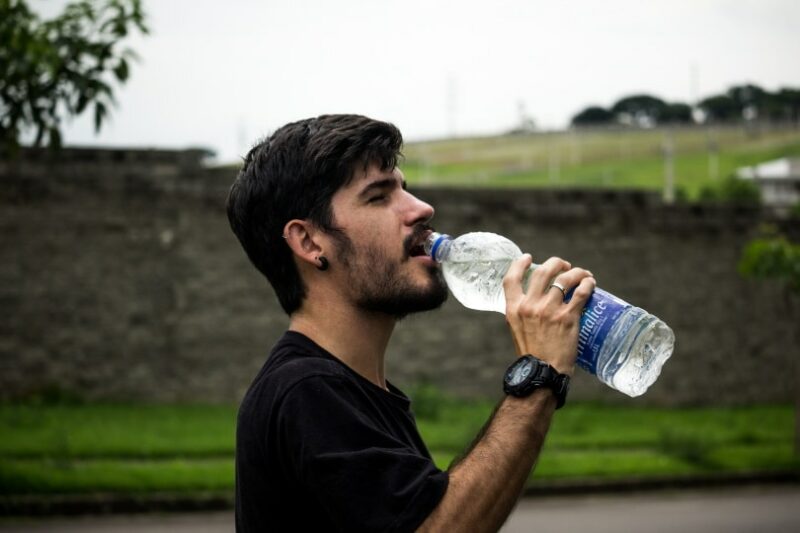
Note: This article’s statistics come from third-party sources and do not represent the opinions of this website.
In the 1980s, bottled water was introduced into Australia, and many Australians turned their noses up at the idea, but now in the age of convenience and health trends, bottled water is so readily available almost anywhere, anytime.
Australia has high-quality drinking water, but despite this, millions of Australians still choose to drink bottled water. To quantify just how lucrative the bottled water industry is and the rising impact of plastic waste on the environment, we have gathered some facts and statistics about bottled water in Australia this year.
Click below to jump ahead:
The 16 Bottled Water Facts and Statistics in Australia
- In 2022, revenue in the bottled water industry is expected to be $1.09 billion.
- By 2027, out-of-home consumption will account for 59% of expenditure and 11% of volume consumption in the bottled water sector.
- Australians pay 2,000 times more for bottled water than they do for tap water.
- Every year, the average Australian consumes 30 liters of bottled water.
- Australians consume approximately 600 million liters of bottled water every year.
- Research shows that tap water from a home water filter system is just as good as bottled water, if not better!
- Bottled water is most popular among Australians between the ages of 25 and 34.
- An estimated 25% or more of bottled water is tap water in a bottle.
- Microplastics are present in 93% of the world’s bottled water, which you consume when you drink it.
- Some Australians (around 26%) said they only use single-use bottled water when they forget their reusable drink bottles.
- Plastic water bottles are among the top 10 most common waste items collected by Clean Up Australia Day volunteers.
- Fewer than 40% of bottles used for bottled water are recycled.
- One liter of bottled water requires 7 liters of water and 1 liter of oil to produce.
- Bottled water production emits 600 times more carbon dioxide than tap water.
- Every year, over 375 million plastic drinking bottles pollute Australia’s waterways and landfills.
- Every minute, over 1 million single-use bottles are purchased worldwide.
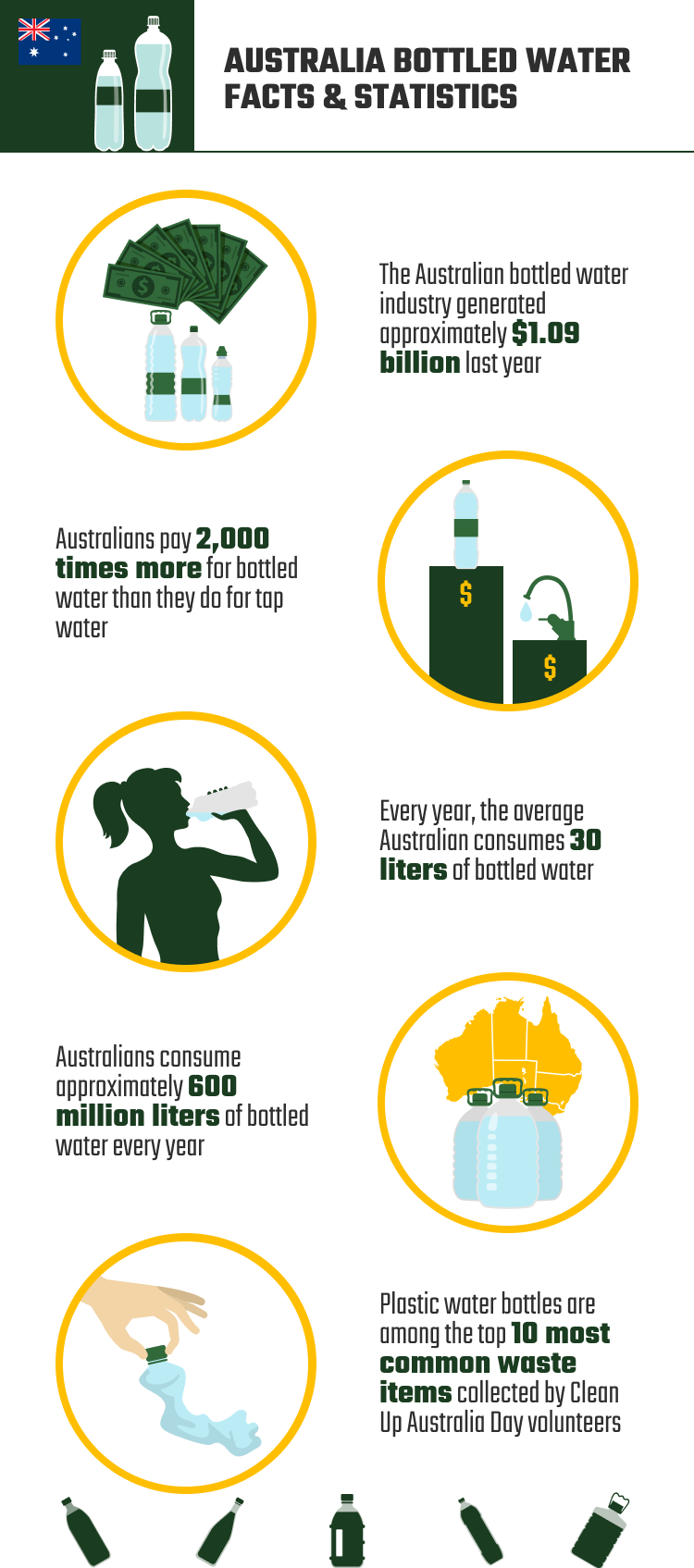
The Business of Bottled Water
1. In 2022, revenue in the bottled water industry is expected to be $1.09 billion.
(Statista)
The bottled water industry is a lucrative industry in Australia, generating approximately 41.09 billion in revenue in 2022. This sector consists of both carbonated and non-carbonated water sold in bottles or through water dispensers. The market is expected to grow by 4.25% per year.
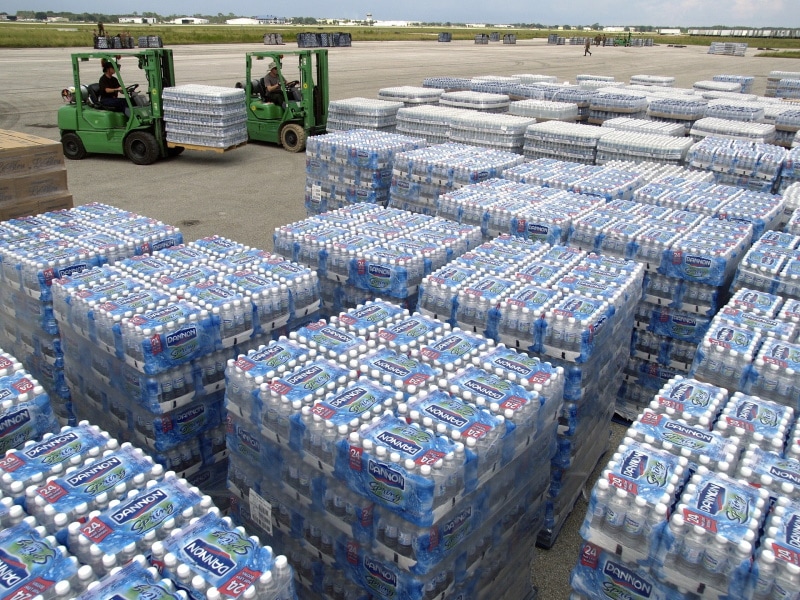
2. By 2027, out-of-home consumption will account for 59% of expenditure and 11% of volume consumption in the bottled water sector.
(Statista)
Bottled water is available just about anywhere, but it is mostly purchased when consumers are away from home. Hotels, bars, and restaurants, to name a few, are some of the places that use premium bottle water to entice their customers.
3. Australians pay 2,000 times more for bottled water than they do for tap water.
(Paul’s Rubbish)
A single plastic bottle costs about $3.50 on average, which appears to be a fantastic price for many people. However, when you consider the cost of clean and potable tap water, bottled water costs 2,000 times more.
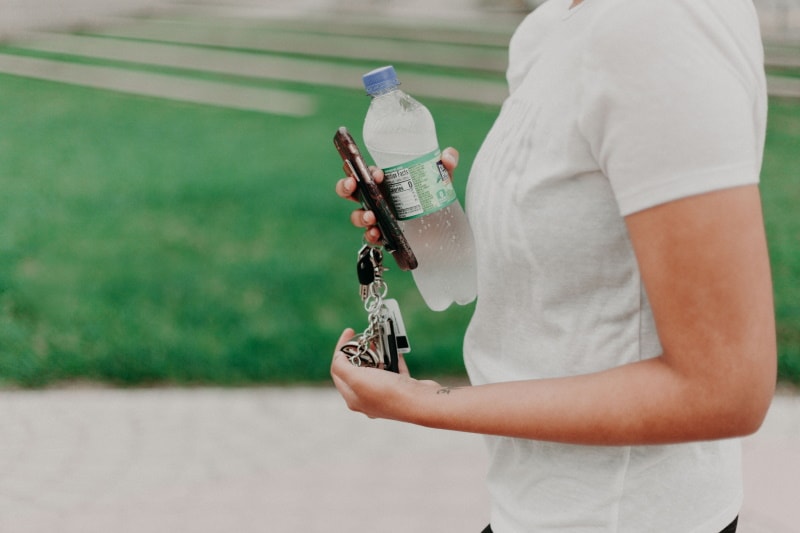
Australians Love Bottled Water
4. Every year, the average Australian consumes 30 liters of bottled water.
(Cool Australia)
While 30 bottles per year isn’t a huge amount, that number adds up significantly when you think of the population of Australia. You’re likely to find that some Australians consume at least 1 bottle a day, but if they are purchasing bottled water on the go, it could easily be a minimum of 3 bottles of water.
5. Australians consume approximately 600 million liters of bottled water every year.
(Reader’s Digest)
Australians love the convenience of bottled water, and it is taking preference over soft drinks. While making better choices is a plus and is improving people’s health, the popularity of bottled water means a lot more single-use plastic bottles will end up in landfills.

6. Research shows that tap water from a home water filter system is just as good as bottled water, if not better!
(WFA)
When we grab that bottled water out of the grocery store fridge, we feel as though we can pat ourselves on the back for making a health-conscious purchase, but a lot of Australians don’t realize that unpackaged tap water is sourced locally. There are stricter regulations for tap water than for bottled water. If you use a filtration system for your tap water at home, you will have the best water possible at a fraction of the price.
7. Bottled water is most popular among Australians between the ages of 25 and 34.
(Goldstein Research)
Most bottled water is consumed by Australians between the ages of 25 and 24. This age group is most likely to be out and about and on the go, necessitating the need for conveniently packaged water. They are also more likely to have a more active lifestyle and make up the majority of the population of Australia.

8. An estimated 25% or more of bottled water is tap water in a bottle.
(NRDC)
There is no guarantee that bottled water is safer or cleaner than tap water. In fact, an estimated 25% or more of bottled water is tap water in a bottle that has sometimes been treated and sometimes not.
9. Microplastics are present in 93% of the world’s bottled water, which you consume when you drink it.
(News Aus)
As much as Australians enjoy bottled water, there is still a lot of unawareness about its health benefits. According to a study conducted in nine countries, the world’s leading bottled water brands are contaminated with tiny plastic particles that are likely seeping into the water during the packaging process. Nylon, polyethylene terephthalate (PET), and polypropylene were among the plastic debris found. These plastics have been linked to an increase in certain types of cancer, a decrease in sperm count, and an increase in conditions such as ADHD and autism.
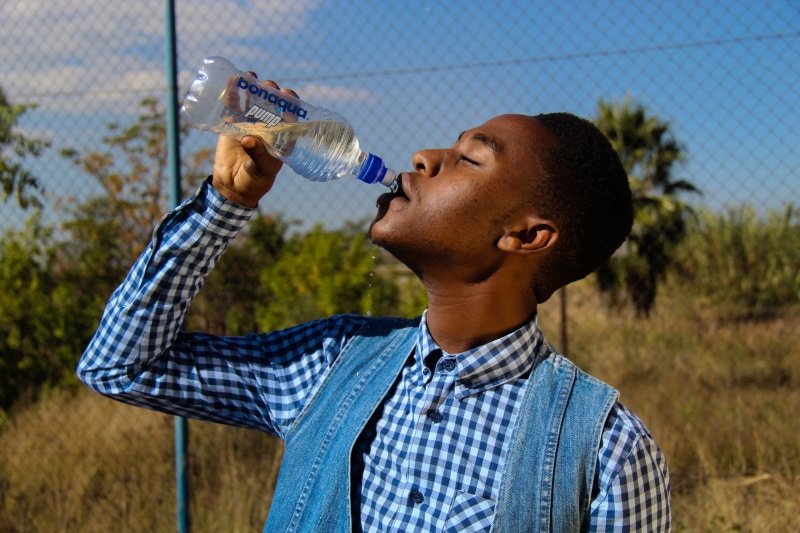
Environmental Effects of Bottled Water
10. Some Australians (around 26%) said they only use single-use bottled water when they forget their reusable drink bottles.
(Yahoo AU)
It’s common for us to forget our reusable water bottles when we rush off for work in the mornings, and the convenience of grabbing a bottle of water from the fridge makes forgetting a lot easier. Around 26% of Australians will purchase bottled water after realizing they forgot their reusable bottle, which still accounts for many single-use plastics that end up in landfills. It can be helpful always to have a reusable cup in your car or even a nifty fold-up cup to help reduce the use of plastic water bottles.
11. Plastic water bottles are among the top ten most common waste items collected by Clean Up Australia Day volunteers.
(WFA)
While having volunteers dedicate their extra time to cleaning up their towns and cities is admirable and hugely helpful, it’s still shocking to know that plastic bottles are one of the most common items they collect. These bottles end up in rivers and oceans and contaminate the environment and aquatic life. Bottles used to package water take over 1,000 years to biodegrade and emit toxic fumes when burned.
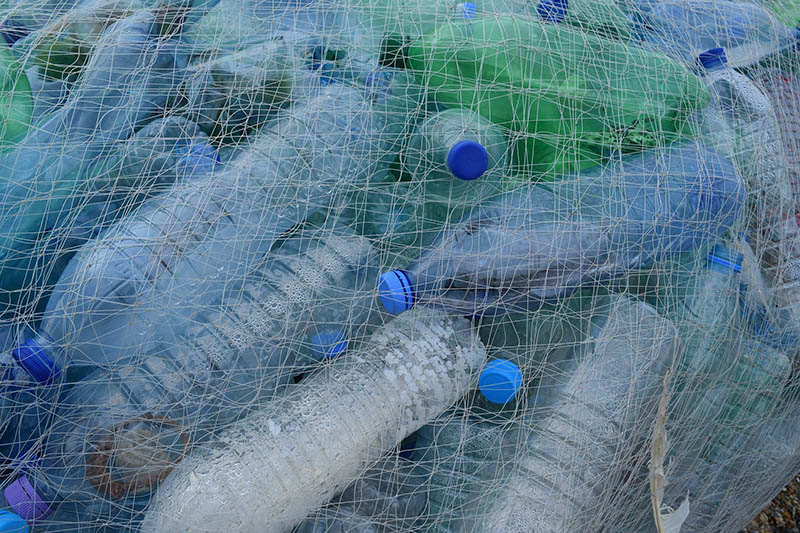
12. Fewer than 40% of bottles used for bottled water are recycled.
(Cool Australia)
While some recycling is better than recycling, only 40% of plastic bottles used for bottled water are recycled, while the rest end up in landfills and waterways. Recycling has a significant impact. For perspective, recycling 41 plastic bottles can save enough energy to power a refrigerator for 1 hour or a computer for 17 hours.
13. One liter of bottled water requires 7 liters of water and 1 liter of oil to produce.
(WFA)
The sad irony is that we use seven times more water to produce just 1 liter of bottled water, and on top of that, 1 liter of oil is used to produce 1 liter of water. Petrochemicals have been linked to various health issues, including cancer, learning disabilities, birth defects, and allergies. Many inexpensive and convenient products are made from plastics and other oil-based materials.
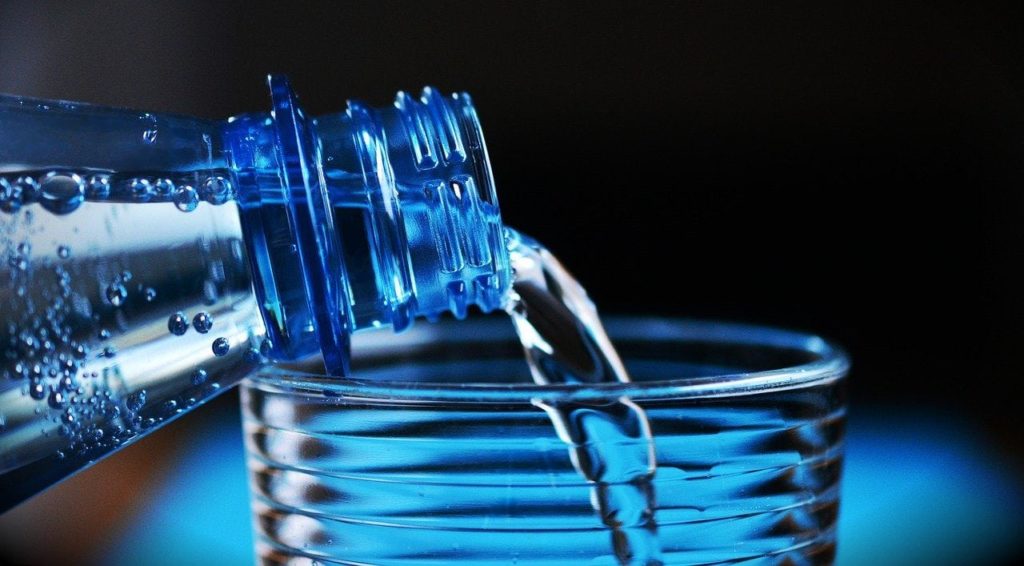
14. Bottled water production emits 600 times more carbon dioxide than tap water.
(WFA)
The production of bottled water releases 2.5 million tons of carbon dioxide into the atmosphere every year. Filling the bottle, packaging them, and storing them in refrigerators for long periods contributes to the total emission of CO2.
15. Every year, over 375 million plastic drinking bottles pollute Australia’s waterways and landfills.
(Choose Tap)
Approximately 375 million plastic water bottles end up in Australia’s landfills and waterways, which endangers marine life. Scientists predict that by 2050, more plastic will be in the ocean than fish.
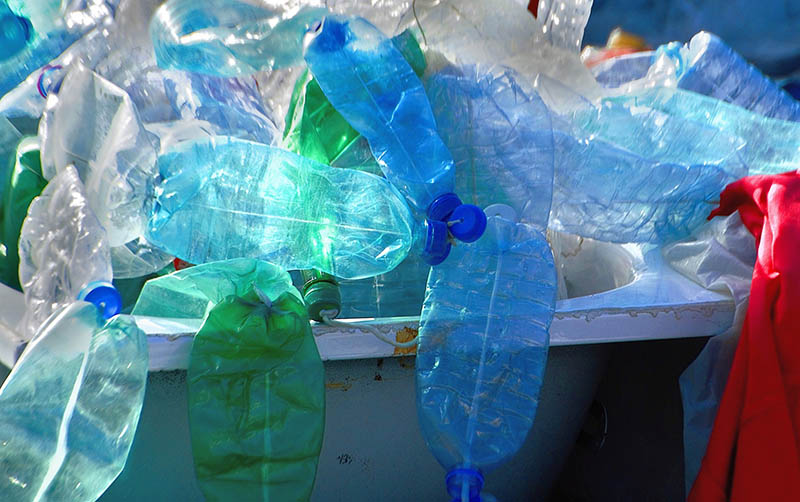
16. Every minute, over 1 million single-use bottles are purchased worldwide.
(The Guardian)
Millions of plastic bottles are bought every minute around the world, contributing to the environmental crisis. Most plastic bottles made for water are highly recyclable, but as their use increases worldwide, it’s hard to keep up with the collecting and recycling.
Plastic production is expected to double over the next 20 years and quadruple by 2050, so the time to make a change is now.
Frequently Asked Questions
Where Does Bottled Water Come from in Australia?
One source of bottled water is plain tap water, which is frequently untreated or filtered. Other sources include natural springs, rainwater wells, and water obtained through distillation.
Is Bottled Water Healthy?
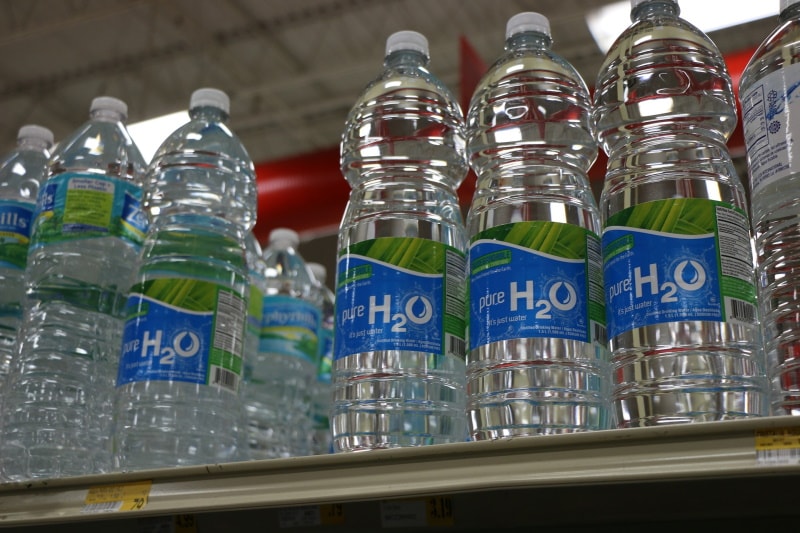
Some bottled water may contain bisphenol A (BPA). BPA is an industrial chemical that is commonly used in the production of plastic bottles. Some research suggests that this chemical can be released into the water from plastic bottles. If it gets into the body, it can cause health issues such as hormone imbalances, reproductive problems, raised blood pressure, behavioral changes, and brain development issues in unborn babies and young children.
Bottled water is not properly regulated and is not always processed to remove contaminants. (Water Logic Australia)
Are Plastic Water Bottles Safe to Reuse?
It is not recommended to reuse single-use plastic bottles. Reused bottles may be contaminated with bacteria and other pathogens. Used bottles should be discarded and recycled.
Conclusion
Clearly, the bottled water industry is a significant contributor to plastic pollution and doesn’t fail to leave a massive carbon footprint. Consumers need to realize that bottled water is not necessarily the healthier choice, and its convenience is having a very negative impact on our environment and health. Recycling your plastic bottles is a critical necessity, but carrying a reusable drinking bottle is better for the environment and your health.
Featured Image Credit: Piqsels
Contents


